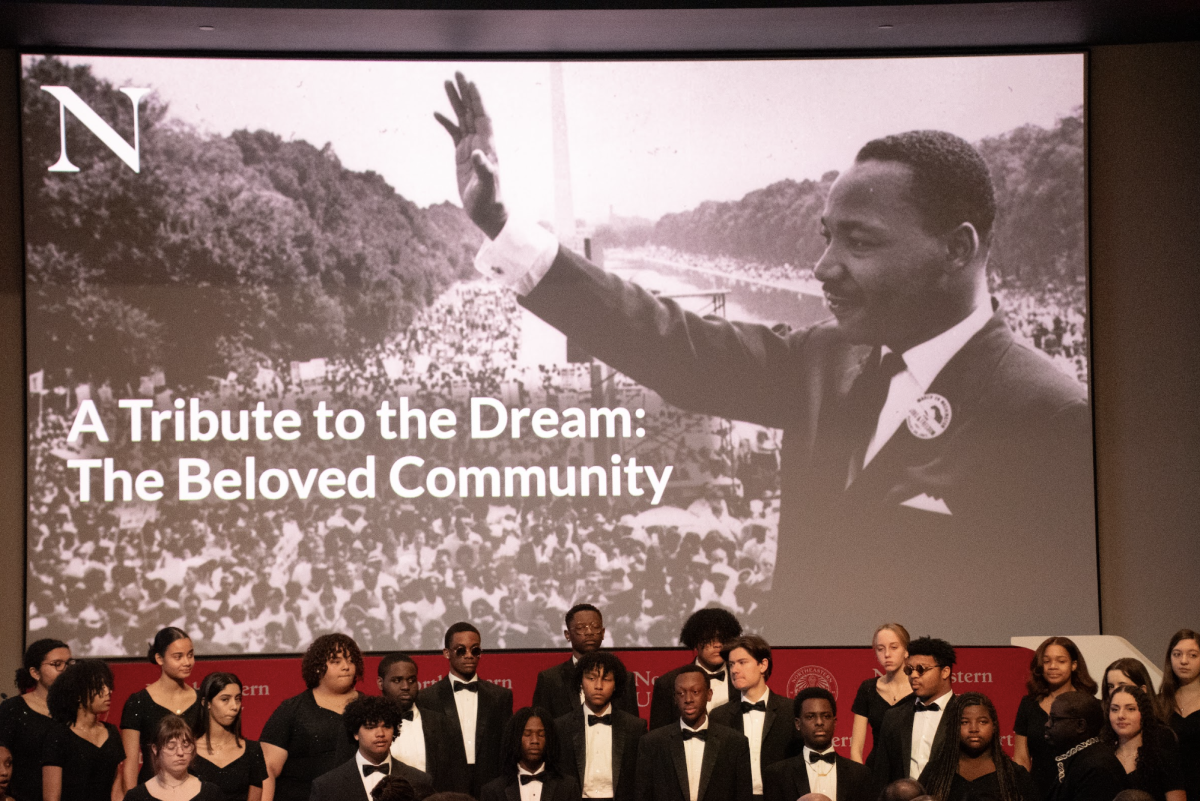By Hana Nobel, News Staff
The word ‘babushka’ evokes images of grandmothers in headscarves, bundled up in cold weather. Rebecca Pimentel, the founder and designer of Babuskhastyle.com, is attempting to give the word a more hip connotation. Her spinoff of babushkas, traditionally a Russian headscarf, are meant to be more ‘young and new’ than the ones worn by grandmothers.
Pimentel began selling hand knit headbands in her Beacon Hill boutique, Beauty Mark, which she owned for seven years. The headbands, which at the time were knit by her mother, became a popular seller. Two years ago, Pimentel sold the boutique and began wholesaling the headbands, which she called babushkas after the traditional headscarves.’
What makes the Pimentel’s babushka different than a traditional version is that it does not tie under the chin. It is worn like headband, but is thicker on top. Unlike a hat, females can don a babushka without fear of hat hair, but can still keep their ears warm.
‘I was always complaining I couldn’t wear a hat with a ponytail or my hair back. The babushka doesn’t mess up hair,’ Pimentel said. Each headband is affixed with a signature leopard print button that is worn in the back and can be unbuttoned to ensure hair remains in place. However, the stretchy wool allows the babushka to be put on without touching the button at all.
Pimentel is passionate about keeping babushka production local. Each wool babushka is hand knit in Massachusetts or Maine.
‘Two to three years ago I started researching different factories. I thought about outsourcing to China, but I didn’t want to. I now use local knitters. The cost is higher, but I definitely feel very strongly [about keeping things local],’ she said.
Despite the handmade aspect of the babushka, the $40 price tag is often too much for an accessory according to many college students. ‘It looks like something my mom could knit. I could buy the materials to make one myself for much cheaper,’ said Shannon Campbell, a sophomore international affairs major.
Pimentel defends the cost by emphasizing that the babushkas are useful for three seasons ‘- fall, winter and spring. In a city as chilly as Boston, where winter weather comes early and leaves late, the necessity for head covers for all three seasons is valid.
As for aesthetics, the babushkas come in ten colors including, ‘Red Haute Hippie, Blue Moon Mod, and Geek Chic Green.’
‘I think if you had really curly hair or dreads it would look good. It’s a bohemian thing, not everyone can pull it off,’ said Campbell.
Chelsea Brown, a sophomore architecture student, echoed Campbell. ‘Maybe if I had dreads it would be cute,’ she said. Brown didn’t like how the babushka looked with her forehead or hair. She said that the babushkas would be popular in a ‘hippie’ or ‘artsy’ crowd.
Despite being called unflattering, the babushkas do accomplish their goal of keeping ears warm and hair in place. On an 18-degree winter day, a walk to the T station is less chilly with the babushka covering one’s ears and forehead, though a hat would accomplish the same task.
‘It does keep my ears warm,’ Campbell said.
Unlike most hats, the babushka left hairdos in place, as stated on the website which declares, ‘Forget hat hair.’
Babushkas can be purchased on the website or at a growing number of stores in Boston. Beauty Mark at 33 Charles Street still carries the babushkas (Open 11 a.m. to 7 p.m. Monday through Friday, 10 a.m. to 6 p.m. on Saturday, and 12 p.m. to 5p.m. on Sunday). Pimentel says that she is having the most luck with the college market and that she is in the process of getting babushkas into bookstores and campus stores. Though shopping on the web is easy, Pimentel recognizes that consumers like to have the option to try things on.
Babushka Style also carries a children’s line and a sports line, which was created this year after Pimentel was asked about a babushka she wore when skiing. The sports babushkas are made from Polarity. Pimentel said that she has considered putting out a summer line with lighter, fun fabrics, but that the idea is still just a consideration.
Babushka Style has new competition this year. Pimentel has seen two to three similar versions, and one identical match priced at 160 dollars. ‘I want to target as many people as possible. I don’t want to limit [that number] by price,’ she said.
Despite the competition, Pimentel is confident about babushkas. After all, when someone has a good idea, knockoffs are inevitable. When asked about copycats, Pimentel said, ‘That always happens.’








